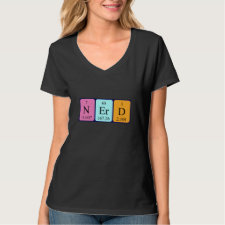
Authors: Urraca JL, Carbajo MC, Torralvo MJ, González-Vázquez J, Orellana G, Moreno-Bondi MC
Article Title: Effect of the template and functional monomer on the textural properties of molecularly imprinted polymers.
Publication date: 2008
Journal: Biosensors and Bioelectronics
Volume: 24
Issue: (1)
Page numbers: 155-161.
DOI: 10.1016/j.bios.2008.04.004
Alternative URL: http://www.sciencedirect.com/science/article/B6TFC-4S8TB6C-2/1/c59a5d4b925675147d62f6ccd9f8ff69
Abstract: Molecularly imprinted polymers (MIPs) for zearalenone analysis have been synthesized using the template mimics cyclododecyl 2,4-dihydroxybenzoate (CDHB), resorcinol and resorcylic acid. The MIPs are photochemically prepared from 2-(diethylamino)ethyl methacrylate (2-DAEM), 4-vinylpyridine (VIPY), 2-hydroxyethyl methacrylate (HEMA) or 1-allylpiperazine (1-ALPP) as the functional monomers, trimethylolpropane trimethacrylate (TRIM) as cross-linker, azobis(isobutyronitrile) as initiator and acetonitrile as porogen. Non-imprinted polymers have been also synthesized for reference purposes. The textural properties of the novel polymers (BET areas, pore volumes and pore size distributions) have been determined from nitrogen adsorption-desorption isotherms. These parameters have shown to be strongly dependent on the presence of the template and the monomer nature. Scanning electron microscopy and solvent uptake experiments support these findings. Microporosity contributes less than 7% to the total pore volume for all the polymers prepared. Interestingly, a 3.5ánm pore opening is observed for all the polymers and additional pore apertures in the 20-40ánm region for VIPY-, HEMA- and 2-DAEM-based MIPs whereas a much wider opening size distribution has been measured for the 1-ALPP-based MIP. Molecular modeling and, particularly, 1H NMR experiments demonstrate the strong (2:1) complex formed between 1-ALPP and the diphenolic CDHB (K11á=á4.7áÎá104áM-1 and K12á=á2.6áÎá102áM-1 in acetonitrile) that make the corresponding MIP the most suitable for zearalenone recognition in real samples
Template and target information: mycotoxin, zearalenone, cyclododecyl 2,4-dihydroxybenzoate, CDHB, resorcinol, resorcylic acid
Author keywords: Molecularly imprinted polymers, Nitrogen adsorption isotherms, Textural properties, NMR, mycotoxins, zearalenone



Join the Society for Molecular Imprinting

New items RSS feed
Sign-up for e-mail updates:
Choose between receiving an occasional newsletter or more frequent e-mail alerts.
Click here to go to the sign-up page.
Is your name elemental or peptidic? Enter your name and find out by clicking either of the buttons below!
Other products you may like:
 MIPdatabase
MIPdatabase









